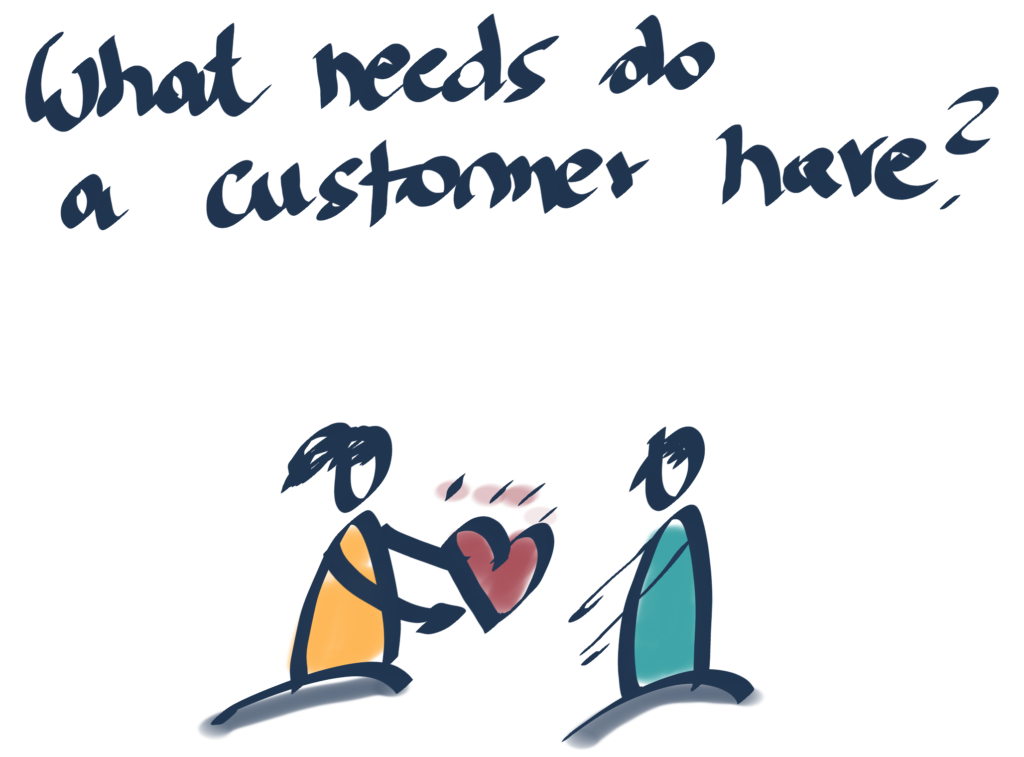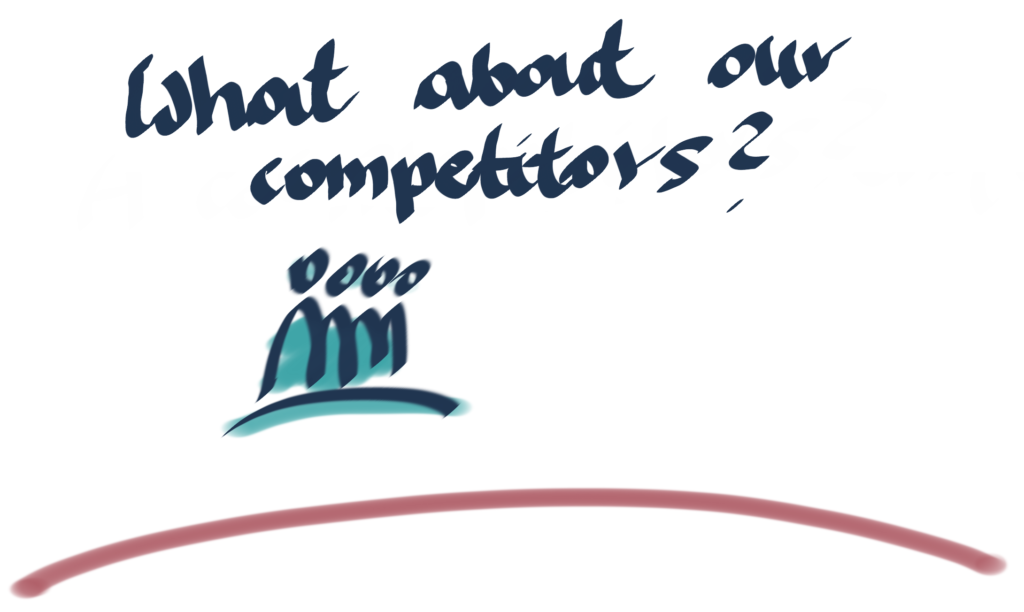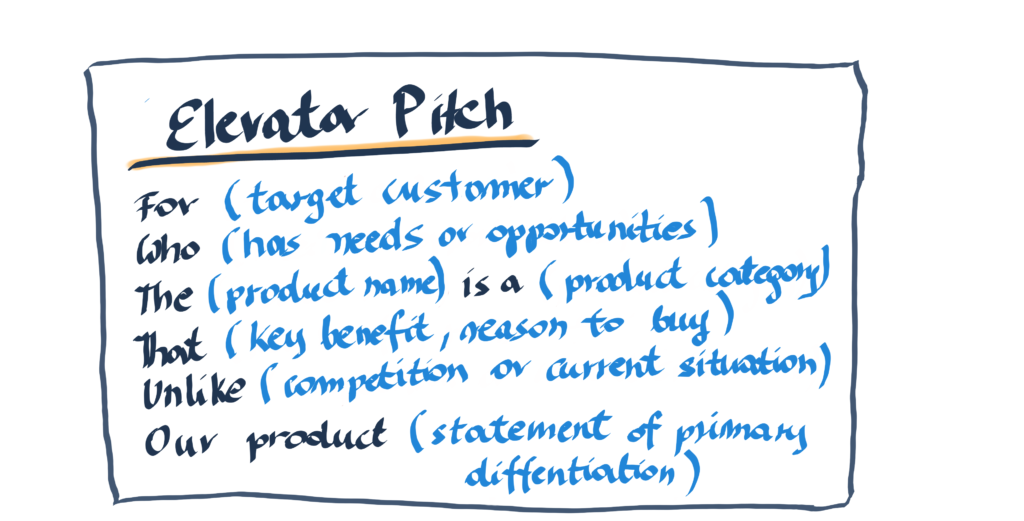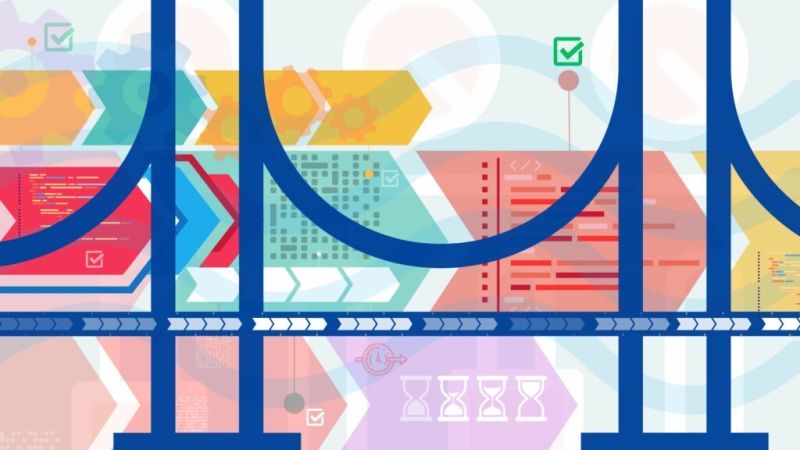The most straightforward answer would be – value, of course!
But how to reach it?
Large numbers of Product Owners begin their work from creating requirements. In some situations, these scopes are dictated by others. Their work mainly consists of describing demands, thus apparently appearing as a scribe in their role.
On the “what ground” these items are ordered in the Product Backlog?
Unfortunately, more often than not, this order is based on “it seems to so..”; “I was told..”; “this is what my stakeholders want..” and suchlike.
How to create valuable requirements?
Start with a vision. Each Product Owner should be driven by vision and be able to inspire an organization and teams that developing a product. A product vision should be short, understandable, inspiring, and describing necessary information about the product.

For who we are delivering this product, what needs are being fulfilled, and what value it will bring.

There are plenty of vision templates to choose from. In particular, I like the Elevator Pitch template. It is short (30 sec to 2 min), simple and sufficient to convey a message. I would encourage you to experiment with other product vision templates.


Focus on a business strategy.
While creating the business strategy, it is worth to invite stakeholders, teams, and everyone who might support in this process. At this point, you may choose from many business strategy templates like Business Model Canvas, Value Proposition Canvas, and many more. Certainly, it must be remembered to include personas (who is our user/customer), define value, available people, resources (software, hardware, etc.), cost structure, possible revenue streams, competition activities (if any), and other relevant information.

Due to all these data, it would be easier to make business decisions. I strongly encourage to create a business strategy in a workshop-style. Even though our product is internal (for the organization itself), I would treat it as a regular product and make awareness about who is a user, what is the value for them, what the budget is, and so on.
Business goals.
What do we want to achieve? What is the impact on our organization? What is the impact on our customers (personas)? What will be changed in their behavior? What do we need to reach this? Only at this moment, we can start thinking of requirements (epics, features, stories, generally we can call them “items”). Items are secondary against goals and value. Items are results of goals and value. When it comes to tooling, you may find helpful Impact Mapping or other techniques.

Product Backlog.
It should be ordered in terms of the following order:
-
- Value
-
- Risk
-
- Dependencies
-
- When we plan to hit the market (roadmap visualization might help)
-
- Other possible variables, important from the product and organization point of view
Should be consistent with:
-
- Business goal(s)
-
- Business strategy
-
- Product Vision
More often than not, in the organizations’ Product Backlogs are ordered according to the schedule presented a long time ago. Another possible reason is the pressure coming from stakeholders. Product Backlogs are rarely updated based on value. Moreover, the value idea is hardly used. The most common pattern is the delivery cult (more, faster). The question is if teams deliver anything valuable for users/customers and organizations?
What’s next?
Product value needs to be measure – this current and potentially possible to reach. Decisions should be made based on this value. In many organizations, decisions have not been made based on facts. Predictions, comprehensive plans are anticipated while the current state of the product is not taken into account. There is a lack of environment and acceptance for adaptation. In other words, lack of empirical approach.
So, what should be the Focus for the Product Owner?
Again, on the value that comes from vision, customer and organization needs, customer/user satisfaction, business strategy, quantified value, and potential. Product Backlog should be ordered based on the above elements. Make the use of empirical data as your continue to keep learning and provide evidence for change.



